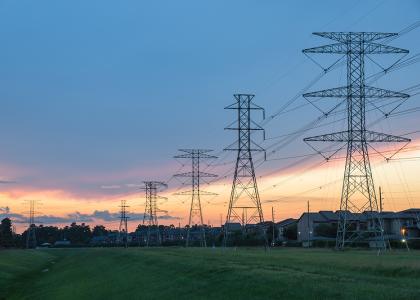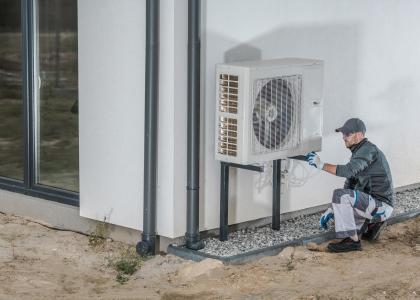Utilities can play three key roles in industrial decarbonization. (1) They can offer programs to industrial customers related to energy efficiency, electrification, hydrogen, renewable energy, waste reduction/pollution prevention, and the circular economy. (2) They can decarbonize their operations, energy sources, and the grid. (3) They can help state and other policymakers to understand barriers to decarbonization and the savings opportunities it offers while offering technical support to industrial end-users pursuing decarbonization.
This handbook offers examples of existing programs at utilities, along with their goals, targets, and policy options in relation to financial incentives and regulatory requirements. It also outlines resources related to technical requirements, utility smart grids, and funding available through recently passed federal legislation.
Illustrative case studies (from Bonneville Power Authority, Washington; DTE Energy, Michigan; and Xcel Energy, Colorado) serve to further highlight various approaches to decarbonizing utility operations and their industrial customers, and ways to work with state policymakers to develop policies and programs that can accelerate the industrial transition to a lower-carbon future.
Download the Report
|
Suggested citation |
|
Srinivasan, P., A. Hoffmeister, and K. Campbell. 2023. State Industrial Decarbonization Policy Handbook for Utilities. Washington, DC: ACEEE. aceee.org/research-report/i2301. |





